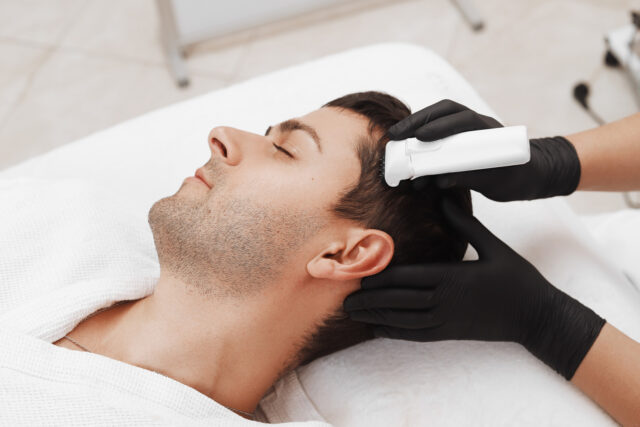
Hair is a big part of everyone’s persona and it is perceived differently from individual to individual. It is a lifestyle, just like facial hair with men, where someone loves mid to long hair that is regularly groomed while others shave them for their reasons.
But what happens when hair loss comes due to some form of illness, or DNA inheritance or a medical condition and you don’t have a choice of your own. Is there a way to regrow it or to make it denser and thicker in places you need it most? There are ways, and those that suffer from conditions like alopecia can hope to boost the hair return with either DIY move called derma rollers or with micro-needling that should be done by professionals.
See both of these are pretty much the same thing only one is adapted for personal and home use – derma rollers, while the other is considered to be the thing that you should visit a doctor that specializes this first. If you didn’t know derma rolling and micro-needling imply that you have small needles puncturing the skin and allowing for the hair to grow out of these openings. Since this can be used as a monotherapy or in a combination with other things like PRP or vitamins, it has shown some good results and people that had problems with all different kinds of alopecia made a significant improvement.
If you want to find out more you can read more here while we continue with some tips for using derma rollers and micro-needling for hair restoration!
1. Depth
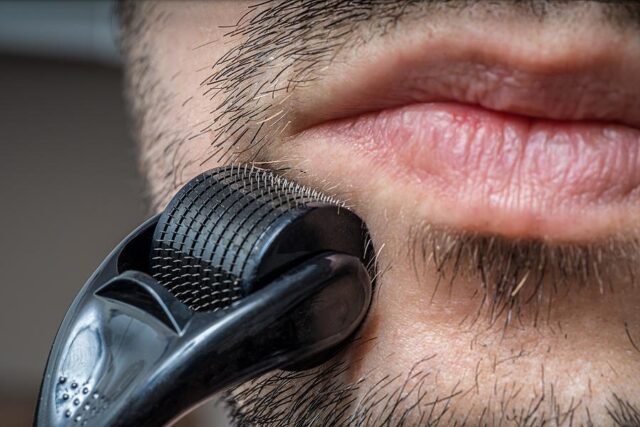
What most people are concerned about when doing micro-needling or derma rolling is whether they are going too deep or too shallow with the application. Now neither is good because if you go too shallow with the needles you won’t get the desired effect. If you go too deep you risk creating scars and having scar tissue forming on those spots that will hurt the hair regrowth. The best thing to do is to consult a doctor and they will tell you that the depth that they use and you should be somewhere between 0.6 mm and 2.5 mm. For home usage, the sweet spot is up to 1mm because everything deeper than that will mean that you will suffer through more pain and anything lower will not yield results.
2. Be aware of your condition
If you are losing hair because it is in your DNA and you are predetermined to experience hair loss without any medical issues you are probably safe but if you have a medical condition like alopecia and if you want to restore the hair you lost you need to know that alopecia can cause the scalp to thin out. To be more precise the total thickness of the scalp in a normal male is 4285 microns and it changes as the alopecia advances to the initial stage of hair loss – 3917 microns and advanced stage thin out your scalp to 2782 microns. This means you have to know your condition at the stage and with that adjust your micro-needling or derma rollers application.
3. The pain game
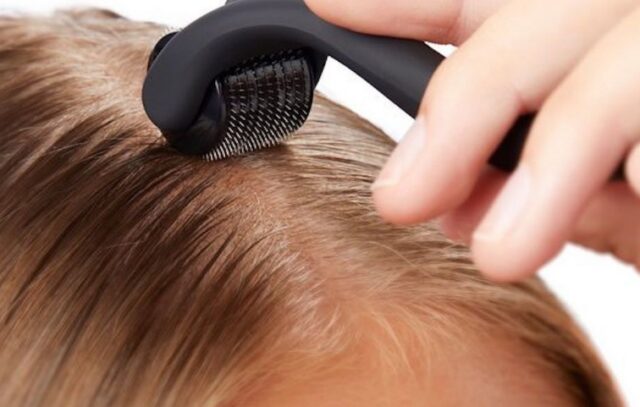
When micro-needling or derma rolling there is no doubt that you will experience some pain. Depending on the depth pain is bigger or smaller but there are ways to sort of numb the area and have a bit more pleasing experience. There are things like topical anaesthetic (for example BLT) but also be aware that you will need a prescription for that. Injected anaesthesia can also be used but you should not use it at home by yourself, no matter what, and last you can do it without any numbing by reducing the needle length.
4. How many times do you go?
Another question that is frequently asked is, how many passes do you make with a roller or derma needle over the area you are targeting. The general rule of thumb is 3 but the desired effect or endpoint is more important and you can determine that by adding up pinpoint bleeding and mild/moderate redness. Once you reach that endpoint you should stop and focus on the next spot.
Another piece of advice is to wash out your hair around 6h after the treatment.
5. How often?
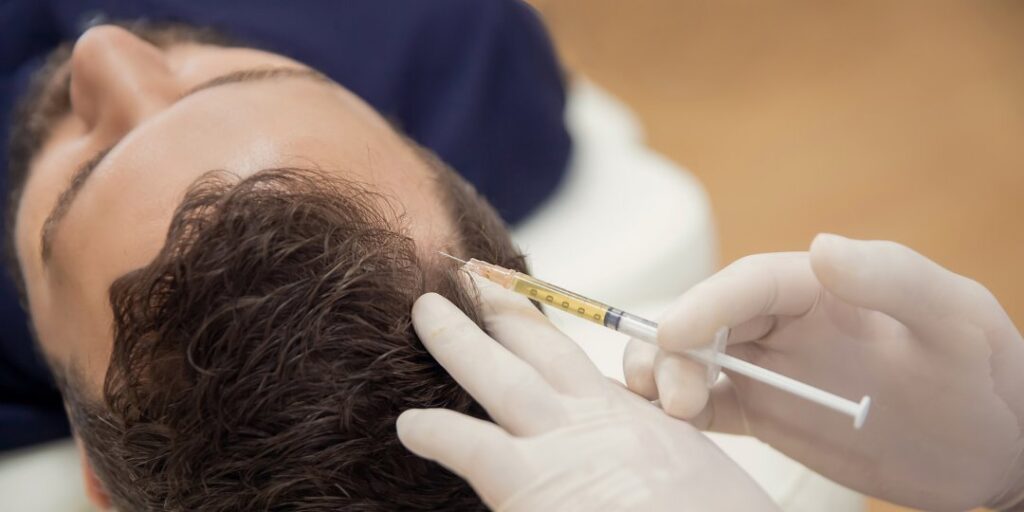
If you have concerns about the frequency of which you are doing this, then you should know that the data on this is a bit mixed. Some studies recommend weekly treatments that have shown some good improvements, while other studies have gone all the way to 8 weeks apart. That is the range you and we are working with and it is a bit confusing. Again this, like everything of this sort should be consulted with your physician and your dermatologist to make sure you have the optimal conditions met.
6. Be prepared
There are some side effects of these treatments and you should know what to expect and how bad is it. The most basic side effect everyone has come across is itching that sometimes can be unbearable. There are other things like redness that last longer than expected, hair shedding which is also another possibility especially early on when you start these treatments and expect potential infections because you are poking holes in your scalp.
Also, be aware of reactions to the local anaesthesia if you are using anything but it is unlikely that you will face these issues because it is administered under proper medical guidance.
7. Beginners at home
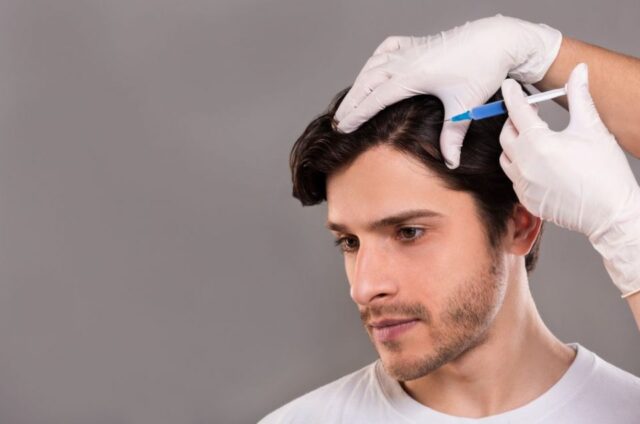
All of these tips were to people who have already done this sort of thing once or twice, or they had this type of treatment done professionally, but those of you who are doing this for the first time and thinking about doing it by yourself please start slowly. Select the lowest depth needles, start with one application and do it monthly. When you get comfortable increase it to one every three weeks, once every two after that and lower and lower.
Check up with your doctor regularly to make sure you are not having any issues and that you are not overdoing it. Do not expect change immediately. With most hair treatments you have to give it time, and here as well you need to give it around six months before giving up on the treatment.













